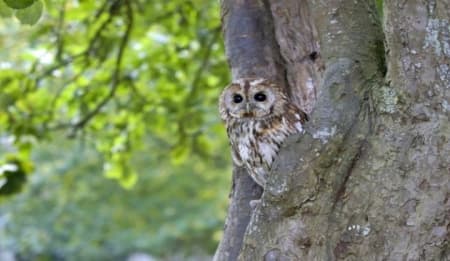
Sierra del Carche
Sierra del Carche Regional Park belongs to the Prebaetic System and is located in the north-eastern part of the province of Murcia, occupying an area of 5,942 hectares. Sierra del Carche is located between the municipalities of Jumilla and Yecla, belonging to the Altiplano region.
Regional Park
It was decreed a regional park in 2003 by the Murcia government. Likewise, the International Union for Conservation of Nature (IUCN) has incorporated it into its system under category VI (Protected Area of Natural Resources).The Snow Well
In Sierra del Carche, there is a unique well, known as the snow well, which dates back to the 17th century. The well was intended to store the snow that fell during the winter, pressing it so that it could be removed in the spring and used to preserve food. It has recently been restored and is a must-see within its beautiful settings.Geomorphology
Sierra del Carche is at a mountainous elevation belonging to the Betic Cordilleras. Its highest peak is located next to the “Umbría de la Madama” and is 1,372 meters above sea level.
Sierra del Carche is made up mostly of limestone. It also has unique geological formations, such as the “Cabezo de la Rosa”, a small elevation with reddish tones caused by the salts and plasters that compose it.
It is estimated that the materials that constitute these elevations were formed over 200 million years ago as a result of the floods created by the sea in the continental lands.
Sierra del Carche is made up mostly of limestone. It also has unique geological formations, such as the “Cabezo de la Rosa”, a small elevation with reddish tones caused by the salts and plasters that compose it.
It is estimated that the materials that constitute these elevations were formed over 200 million years ago as a result of the floods created by the sea in the continental lands.
Archeological Sites
The existing archaeological sites are from Bronze Age settlements and, later, from the Iberians and Romans. The “Romanía”, the “Cueva del Castellar”, and the “Castillicos del Salero” stand out.Flora
As for its vegetation, in Sierra del Carche, the Aleppo pine predominates. The highest-altitude areas are those with the greatest forest richness, highlighting the presence of Quercus species that form isolated spots in “La Omblaquilla” and “Cerro Quemado”.
There is a forest of black pine (Pinus nigra) in the “Umbría de la Madama”, accompanied by vegetation such as the blue broom, lavender, and bearberry. This highland vegetation is very well adapted to harsh climatic conditions of extreme cold and strong winds.
Among the remains of pine and oak forests, abundant species appear, such as strawberry trees, kermes oak, and mastic. In areas with greater exposure to the sun, different plants grow, such as esparto grass, rosemary, thyme, and lavender, among others.
Among the remains of pine and oak forests, abundant species appear, such as strawberry trees, kermes oak, and mastic. In areas with greater exposure to the sun, different plants grow, such as esparto grass, rosemary, thyme, and lavender, among others.
Wildlife
Among the fauna of Sierra del Carche, there is a high representation of birds of prey, including the kestrel, the peregrine falcon, the eagle owl, and the golden eagle, which make their nests on very steep slopes.
Other birds of prey make their nests in the forest, such as the sparrowhawk, the booted eagle, the short-toed eagle, the tawny owl, the common buzzard, and the Montagu's harrier, among many others. There, they chase small birds such as the great tit, the long-tailed tit, the blue tit, and the jay, as well as reptiles and small mammals that are easy prey for these birds.
The thickets and abandoned wild plantations are the redoubt of a wealth of species, such as the lesser whitethroat, the Iberian grey shrike, and the red-legged partridge.
The thickets and abandoned wild plantations are the redoubt of a wealth of species, such as the lesser whitethroat, the Iberian grey shrike, and the red-legged partridge.
Among the small mammals found in Sierra del Carche, we find the western Mediterranean mouse, the shrew, and the dormouse, while among the carnivores are the badger, the wild cat, the fox, and the wild boar.











